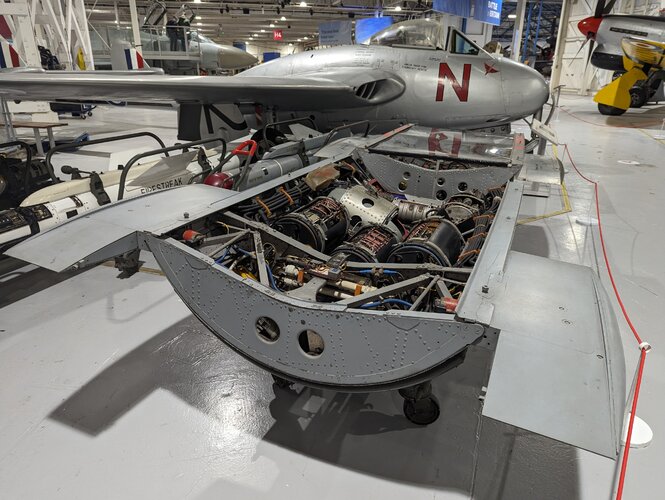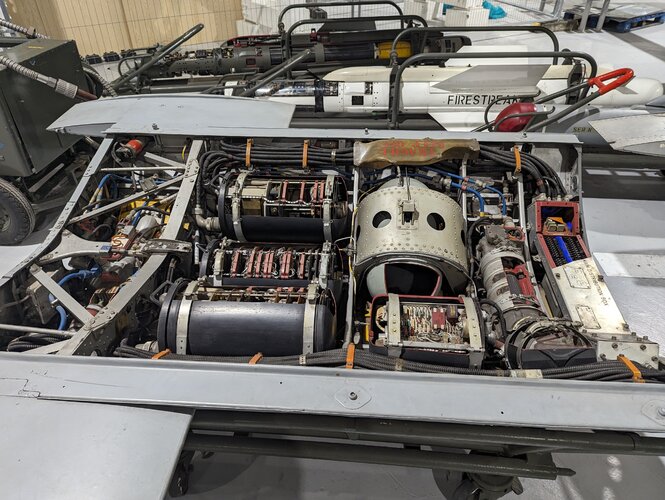red admiral
ACCESS: Top Secret
- Joined
- 16 September 2006
- Messages
- 1,805
- Reaction score
- 2,374
Yeah, a key point from most of the collaborative projects (not just UK) is that more than 2 partners makes things much worse. And you get most of the cost reduction from adding the first partner before it's diminishing returns.My idea is that UK would've done good if it had lower hopes in the multi-national projects. Bi-lateral projects - yes (even the AFVG should've been a big-a$$ warning of the things to come), but anything with 3 or more countries involved - better no.
If Americans want to spend the money on British projects, that is also very good.
And doing something niche / better than the US and selling to that market is pretty much guaranteed successful programme (Canberra/B-57, Harrier, Hawk/T-45...)




